How are asteroids, space weather and space debris detected before they hit Earth?
They're all a serious threat to our home planet.

The idea of threats to Earth from outer space sounds like science fiction, but at some level our planet has always been vulnerable to them — think of the giant asteroid that wiped out the dinosaurs 65 million years ago.
Fortunately, such occurrences are extremely rare; but other natural phenomena, such as solar storms, can strike from space much more frequently. These have little direct effect on living things, but they can wreak havoc on electronic systems we increasingly depend on, particularly satellite-based technologies.
To make matters worse, the proliferation of human-made satellites has created a space hazard of its own, as the loads of orbiting debris have the potential to destroy other satellites.
Related: Debris from SpaceX rocket launch falls on farm in central Washington
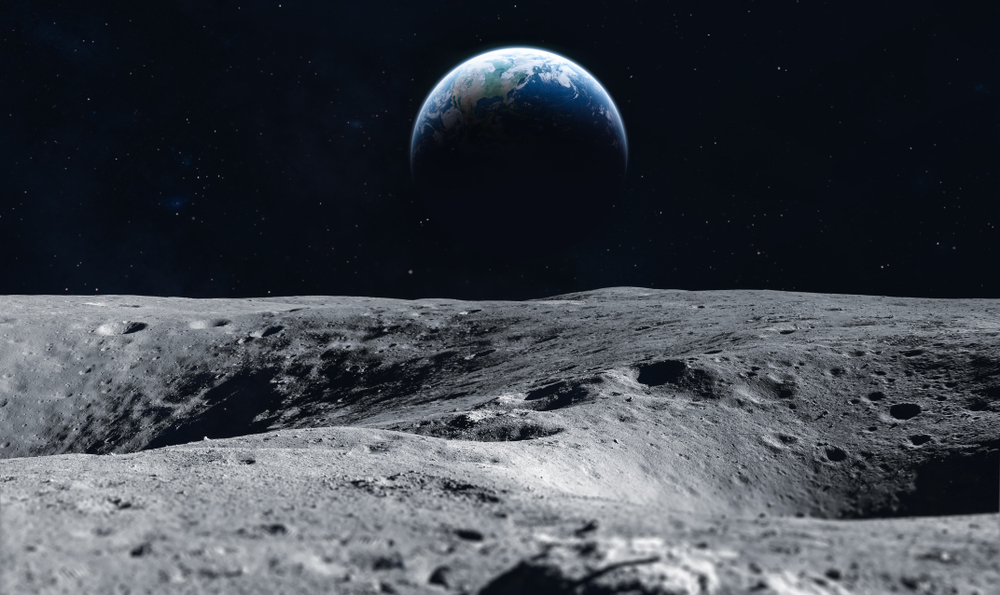
In the U.S., tackling these threats is the responsibility of several organizations: Both NASA and the U.S. Space Force tracks space debris; the National Oceanic and Atmospheric Administration monitor “space weather"; and NASA’s Planetary Defense Coordination Office coordinates the search for potentially hazardous asteroids and other near-Earth objects (NEOs).
In contrast, the European Space Agency (ESA) has pulled all these activities together under the umbrella of its Space Situational Awareness program. Set up in 2009, this program is divided into three segments covering space debris, space weather and NEOs.
The problem with space debris
The satellites humans depend on for communication, navigation and environmental monitoring are under increasing threat from all the junk that’s in orbit with them. This junk includes derelict satellites and the rocket stages used to launch them, but if that was the extent of the problem there would be a manageable number of objects to keep track of. Unfortunately, those objects have a tendency to multiply, partly due to explosions caused by residual fuel and partly through collisions. The result? Thousands of smaller fragments pose at least as much risk as the original object, due to their high speed and the fact that they are all moving on slightly different orbits. (This is due to the additional random velocities imparted by the explosion.)
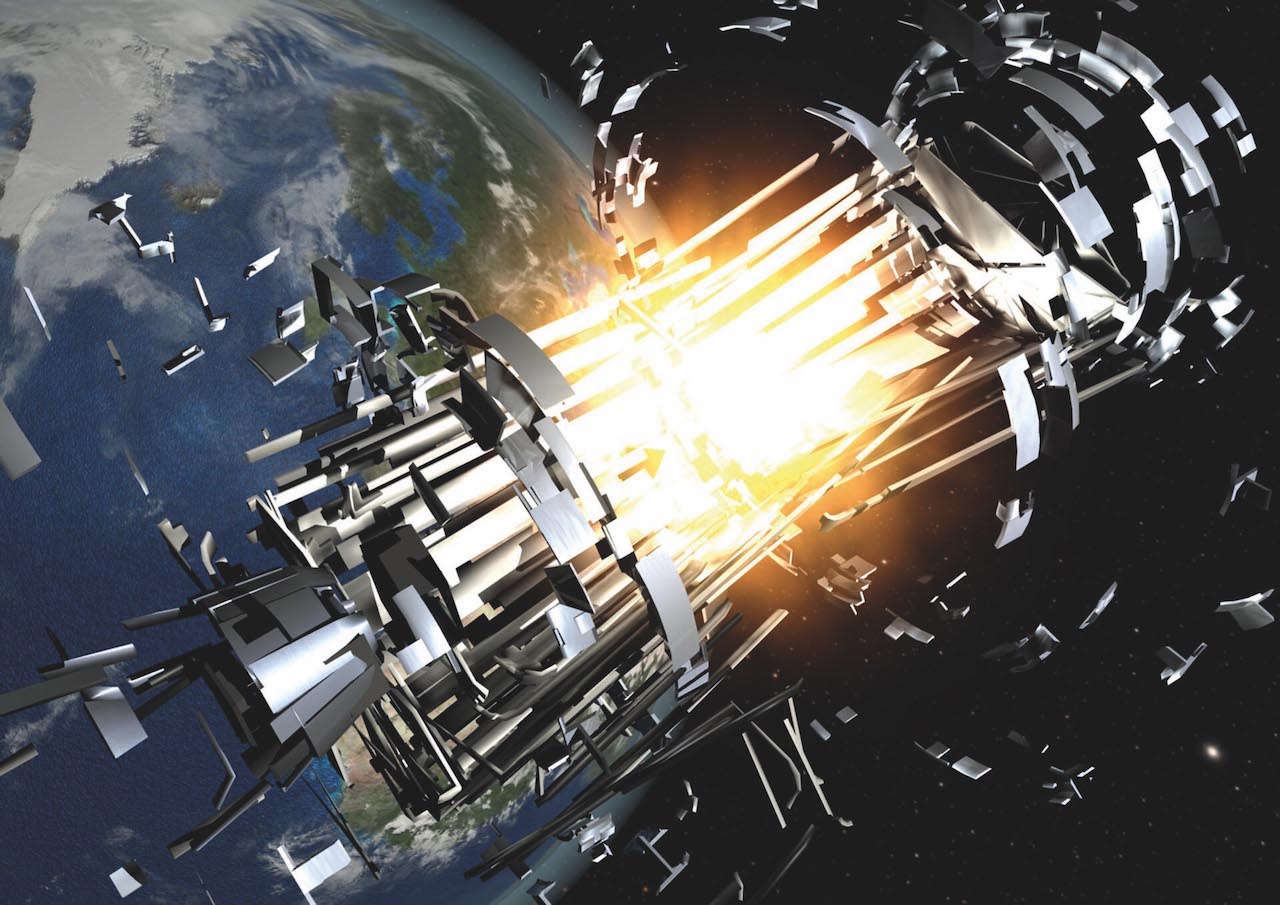
Working satellites are equipped with maneuvering thrusters, so they can be moved to a different orbit if a piece of space debris is known to be heading their way. But with tens of thousands of objects large enough to cause serious problems in orbit — ranging in size from 0.4 inches (one centimeter) to 80 feet (25 meters) or more — it’s no easy task to keep track of them all.
Yet that’s exactly what the Space Surveillance and Tracking segment of ESA’s Space Situational Awareness program has to do. It employs a network of telescopes, radars and laser-ranging stations to detect and track objects, and then processes the resulting data at ESA mission control in Darmstadt, Germany. Mission control will then issue an alert if evasive action is deemed necessary.
This system works well at the moment, but that won’t always be the case, the BBC reported. The number of new satellites being launched is higher than it has ever been, according to the BBC, while the number of fragmentary objects is increasing due to ongoing collisions. The worry is that the amount of space debris could reach a tipping point beyond which there is a continuous cascade of self-generating collisions. Known as the Kessler syndrome, this would render certain orbits unusable if it continued unchecked.
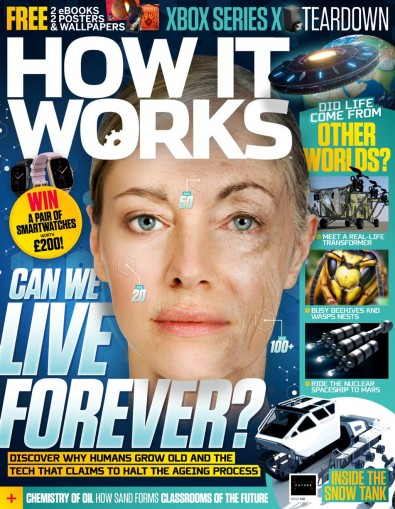
This article is brought to you by How It Works.
How It Works is the action-packed magazine that's bursting with exciting information about the latest advances in science and technology, featuring everything you need to know about how the world around you — and the universe — works.
For this reason, the ESA is considering methods for the active removal of space debris. Its ClearSpace-1 mission, planned to launch in 2025, will be the first in the world to remove a piece of space debris from orbit, if all goes according to plan.
ClearSpace-1 will target a specific piece of space junk — a 220-lb. (100 kilograms) payload adapter called Vespa that the ESA used in 2013 to deploy a satellite. After rendezvousing with Vespa, ClearSpace-1 will grab hold of it with robotic arms, then fire its rocket to break out of orbit. The plan is that both ClearSpace-1 and Vespa will burn up on re-entry into Earth’s atmosphere.
Although there are thousands of pieces of space junk, the most serious threat comes from the largest objects. At the International Astronautical Congress in October 2020, Darren McKnight of the Centauri corporation presented a list of the 50 “statistically most concerning” debris objects, which was also reported in the journal Acta Astronautica. These were ranked not just by size, but also by the persistence of their orbits and their likelihood of colliding with another object. More than 75% of the top 50 are spent launch stages that remain in orbit, while 80% originated in the last century, before space agencies started taking specific measures to limit orbital debris. The ESA has the dubious honor of having the top-ranked satellite on the list — the now-defunct environmental monitoring satellite Envisat, launched in 2002.
Related: Defunct US weather satellite breaks up in Earth orbit
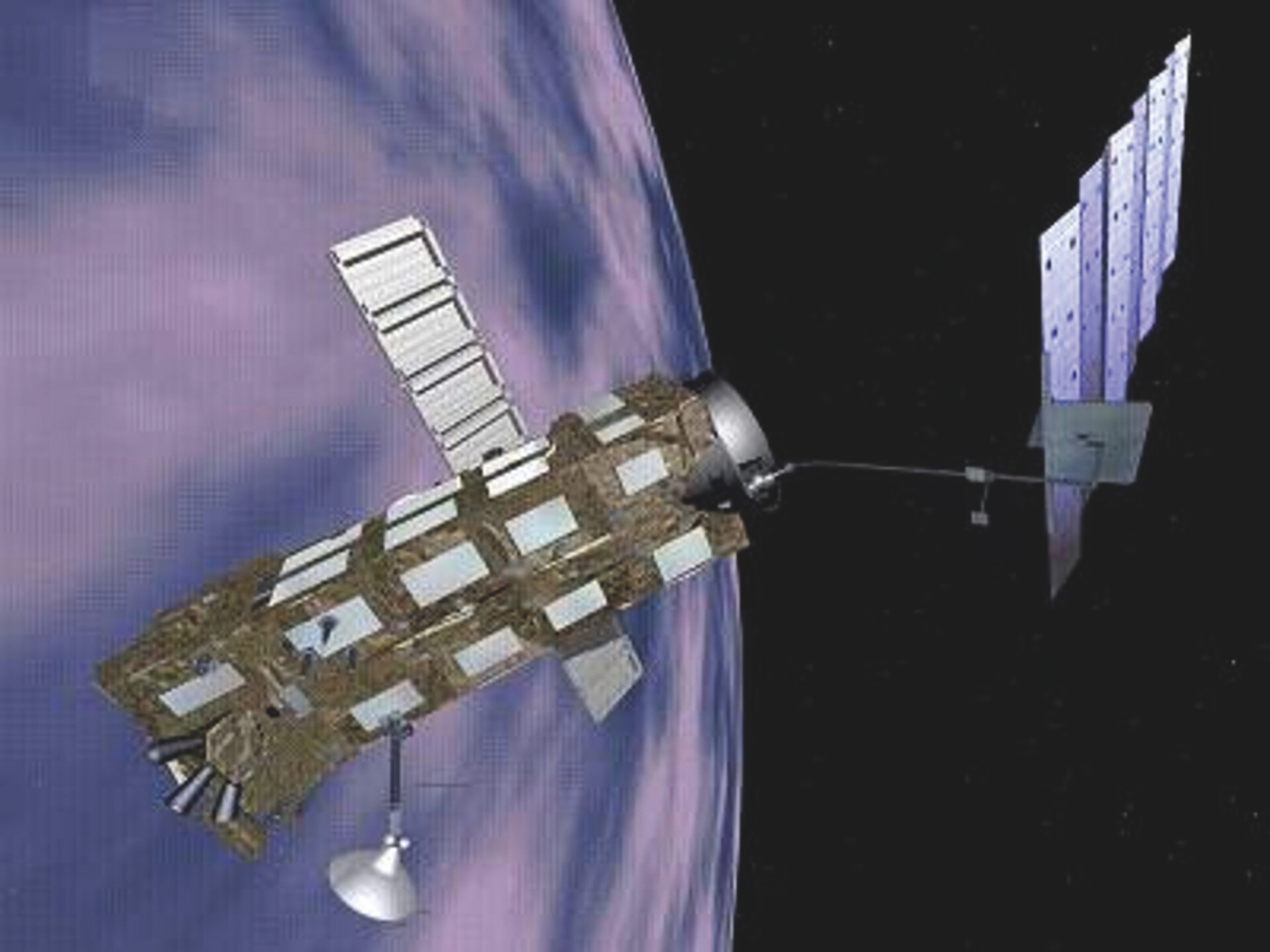
When space weather turns deadly
As far as Earth is concerned, the main source of space weather is the sun, according to the ESA. Space weather events such as solar flares and coronal mass ejections (CMEs) have been occurring since time immemorial, but it’s only in the modern world that they’ve become a significant hazard. As long as people stayed at ground level and didn’t rely on electronic systems for navigation and communication, or on the electrical grid for power, they could remain blissfully unaware of solar activity. But in today’s world that’s no longer an option.
Adverse effects of space weather are particularly apparent in the space environment itself, where high-energy radiation can degrade a satellite’s solar panels and damage electronic systems, especially during severe solar storms. This has consequences for satellite TV and broadband services, as well as for ships and aircraft that rely on satellites for navigation.
But high-energy solar radiation can also pose a hazard to people on Earth, such as airline crew members, whose health may be endangered if they spend a lot of time at high altitude, while severe solar storms can disrupt radio communications and the electrical power grid.
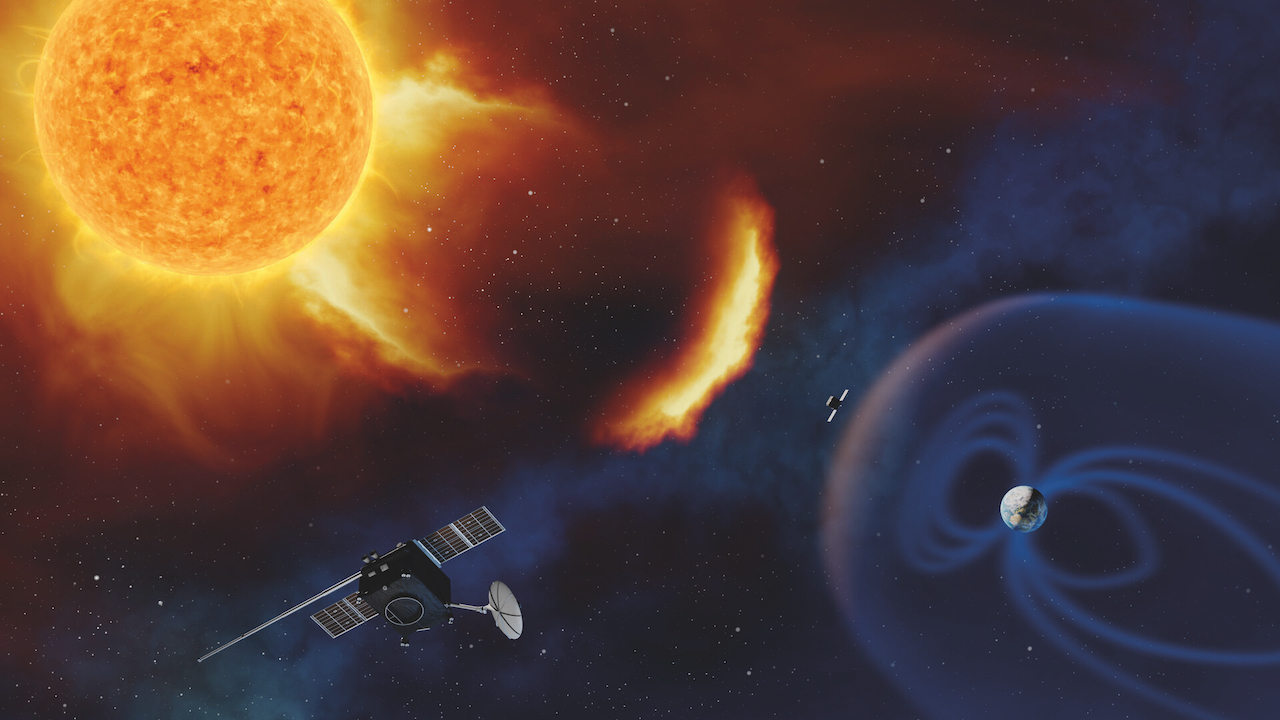
This means that someone has to keep an eye on the ever-changing vagaries of space weather, just as meteorologists do with ordinary weather. Space weather forecasters work in a similar way to their terrestrial counterparts, combining data from a variety of sources — both on the ground and in space — with computer models to work out what is likely to happen. However, unlike terrestrial forecasts aimed at the general public, space weather forecasts are targeted at the business sectors that are most likely to be affected. ESA’s Space Weather Network, for example, provides tailored services to a variety of industries, ranging from airlines and power distribution systems to spacecraft operators and auroral tourist agencies.
As with the ClearSpace-1 mission in the space debris domain, ESA’s space weather segment is planning a world first. Although numerous satellites operated by ESA, NASA and other agencies help to monitor space weather, these satellites all perform other tasks as well. In contrast, ESA’s Lagrange spacecraft will be the first to focus solely on space weather. To this end, it will be positioned “side-on” to the Earth-sun axis, at equal distances from both, to give it the best possible view of solar storms heading toward our planet.
Dodging nearby asteroids
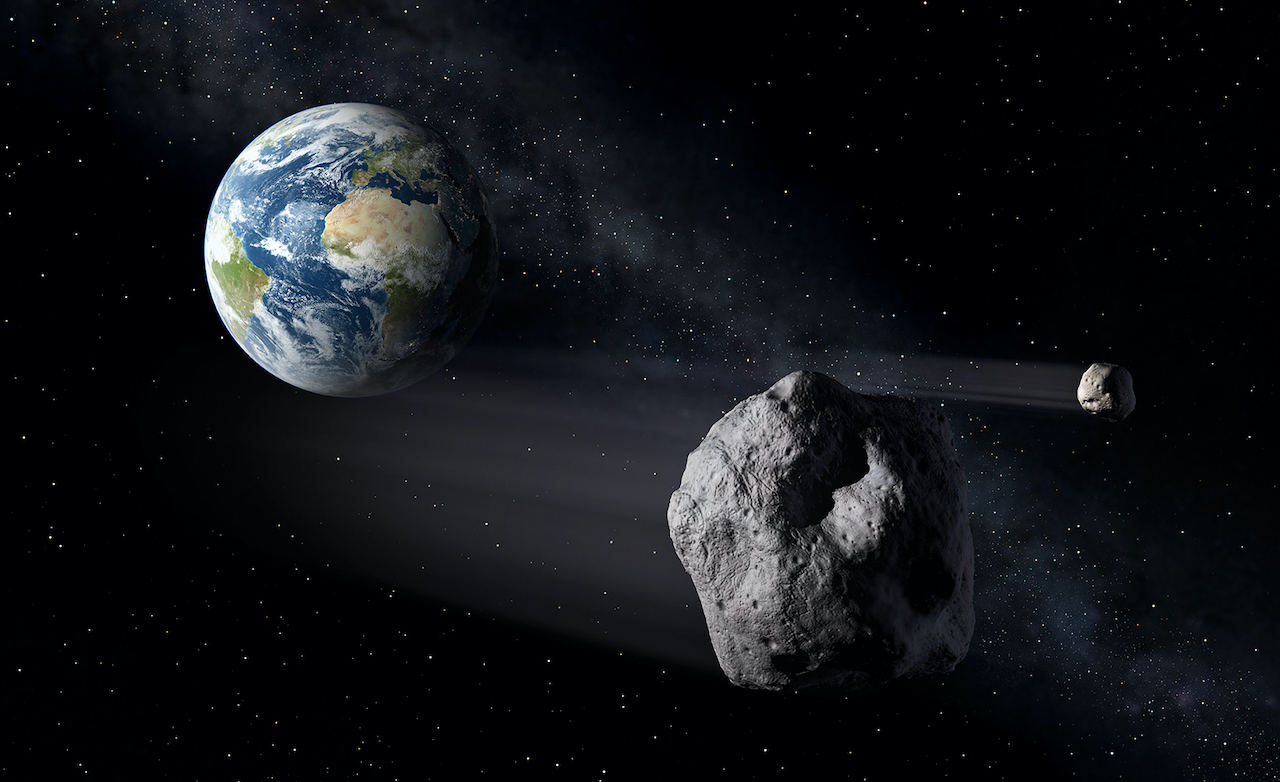
Their name is slightly misleading because NEOs aren’t always near Earth — they may be hundreds of millions of miles away on the other side of the sun, according to Space.com. But they’re moving along orbits that cross Earth’s orbit, or come close to it, which raises the risk of a future collision. This doesn’t necessarily spell disaster, because many NEOs are so small they will burn up as they enter the atmosphere. Telescopes can typically detect those asteroids or comets that are large enough to inflict serious damage when they’re still a long way from impact. This is where the NEO segment of ESA’s Space Situational Awareness program comes in.
The NEO segment is made up of a number of components, including a Europe-wide network of observers — both professionals and volunteers — to determine the current position of NEOs. These observations then feed into a central analysis team that predicts future orbits, assesses the collision risk, and, if necessary, issues warnings to civil authorities if the predicted impact point lies inside Europe. On a more upbeat note, ESA is also investigating ways to deflect an incoming NEO before it hits Earth.
Additional resources:
- Read more about the ESA's Space Situational Awareness program
- Discover everything you need to know about space weather
- How space agencies scan the skies for asteroid threats
Join our Space Forums to keep talking space on the latest missions, night sky and more! And if you have a news tip, correction or comment, let us know at: community@space.com.
Get the Space.com Newsletter
Breaking space news, the latest updates on rocket launches, skywatching events and more!
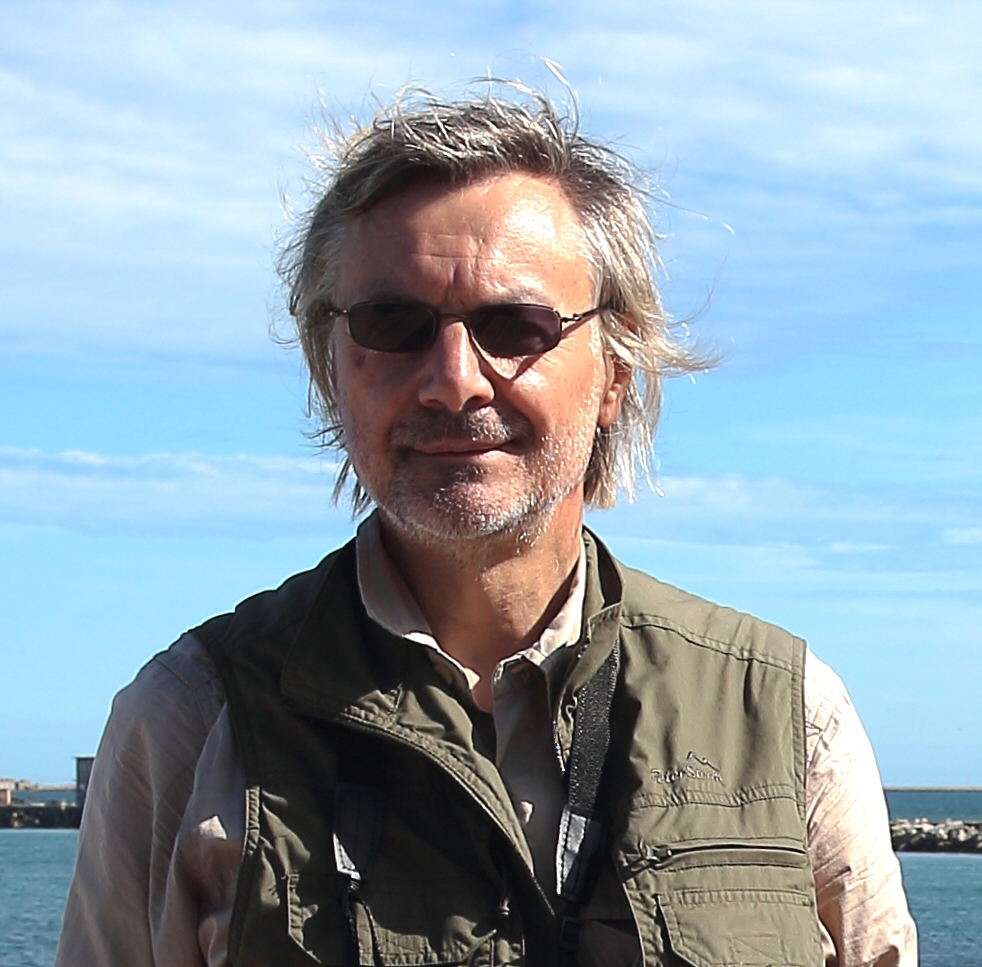
Andrew May holds a Ph.D. in astrophysics from Manchester University, U.K. For 30 years, he worked in the academic, government and private sectors, before becoming a science writer where he has written for Fortean Times, How It Works, All About Space, BBC Science Focus, among others. He has also written a selection of books including Cosmic Impact and Astrobiology: The Search for Life Elsewhere in the Universe, published by Icon Books.










